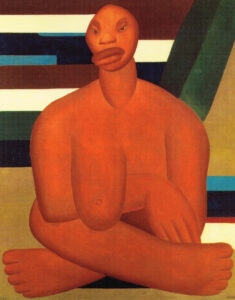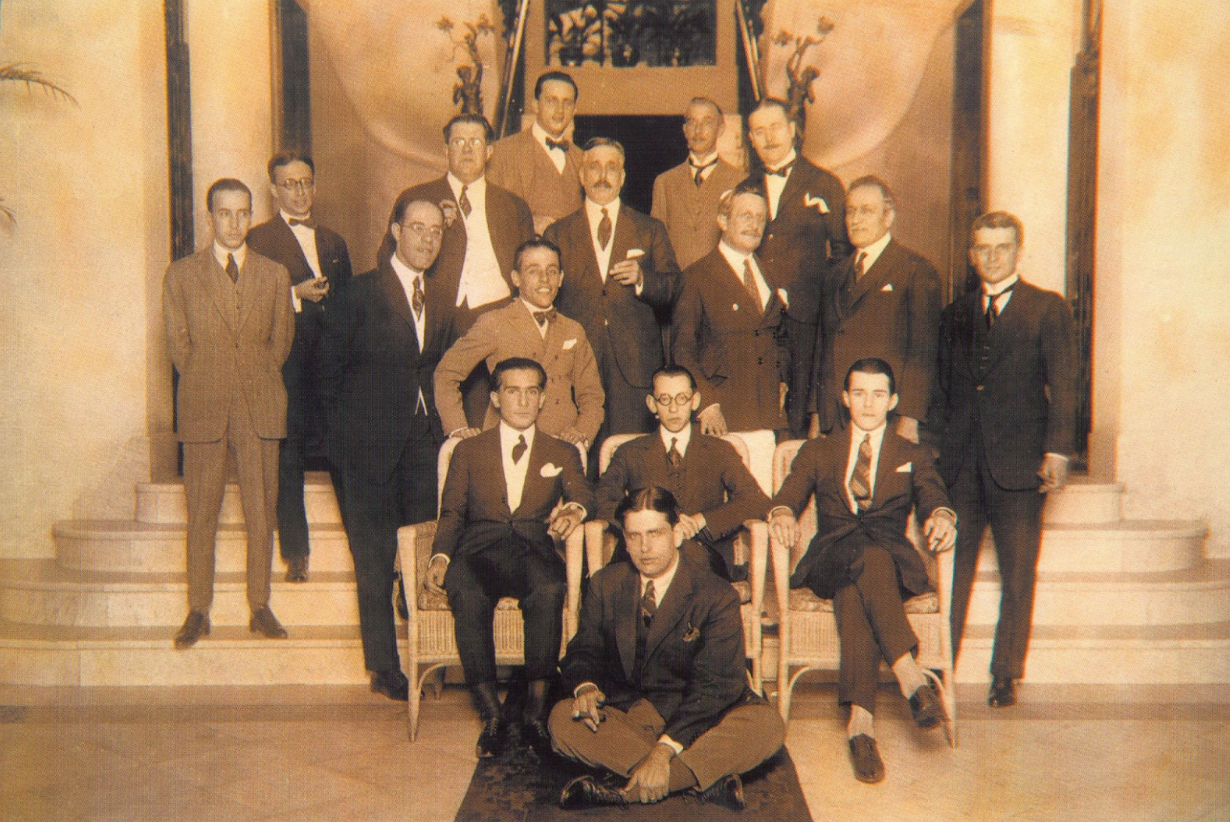With Optima’s love for all things modern, we take great pleasure in diving into the history of modernism around the globe, including how the principles of modernism took hold in Brazil. And as luck would have it, the country is celebrating a huge milestone in February 2022 — the 100th anniversary of the Semana de Arte Moderna that runs from February 10 through 17 — so we are taking a closer look at this pivotal moment in time.
For the people of Brazil, 1922 was a landmark year. It marked a full century of independence from Portugal – and it was also the year that put Brazilian art on the international map, beginning with an idea emerged from a group of artists to host a week-long art celebration around modernism. Dubbed the Semana de Arte Moderna — this game-changing event took the form of exhibitions, lectures, poetry readings and musical performances that brought avant-garde works and ideas to the entire country.
Today, 100 years later, we look back at the Semana de Arte Moderna of 1922 and recognize it as a major turning point in the development of modern art. At the time, however, it was greeted with mockery, anger and fear. There were stories of horrified audiences throwing objects at performers on stage, and critics fuming with negative reviews of art, music and theater they didn’t understand.

Central to the works presented during the Semana de Arte Moderna was the theme of creating work that drew upon European influences but was uniquely Brazilian. This was a radical approach in 1922, since the European centers of art and culture had a tight grasp on what was considered “art,” and the idea that Brazilian artists had voices of their own was considered shocking.
Following the Semana de Arte Moderna, the Brazilian Modernism movement blossomed. Throughout the 1930s and ’40s, while much of the world was still in a state of flux about what exactly constituted ‘modern’ art, the country was leading the way into new styles of artistic expressions that were quickly embraced by Brazilians as a unique cultural identity. And with this new-found inspiration and energy, the modernist architecture movement took hold.

In the 1950s Brazil decided to found Brasilia, a new capital city heralded as a great experiment in modernist architecture, to help develop Brazil’s interior. Led by the vision of Brazil’s most famous architect and designer, Oscar Niemeyer, the country began to define itself by its modernist aesthetic, with buildings characterized by their use of concrete and free-flowing curves.
As we reconsider the impact the 1922 Semana de Arte Moderna had on the rise of modernist architecture around the globe, we can’t help but recognize how the forever modern principles we practice at Optima fit into a larger context. It is Optima’s pleasure and privilege to be such an esteemed and vital company.

